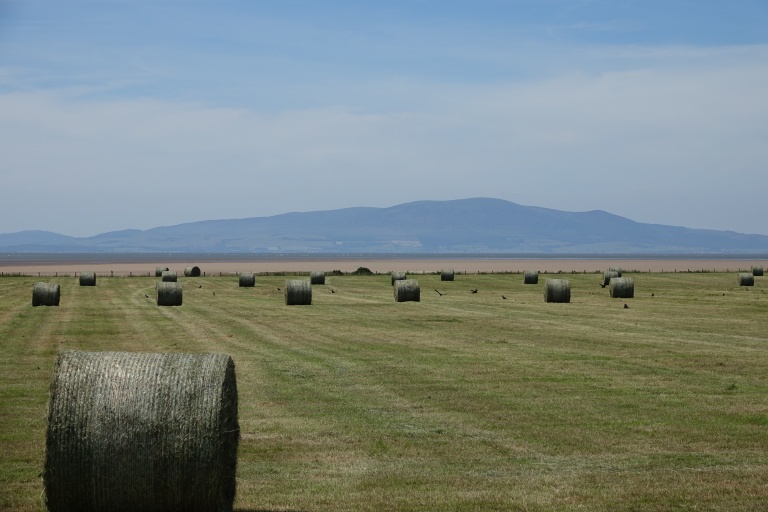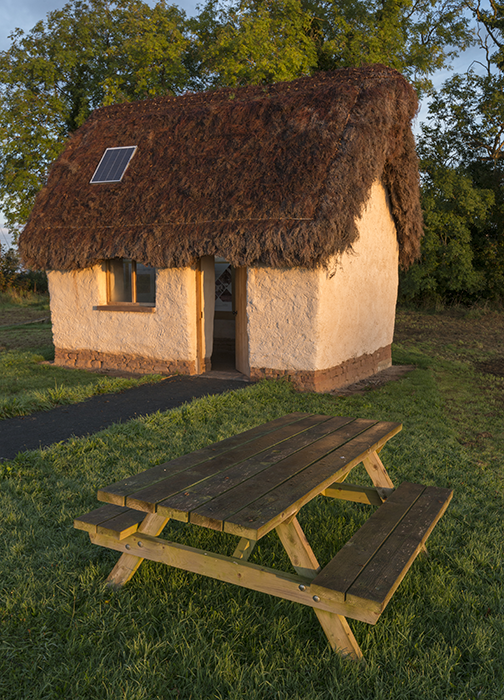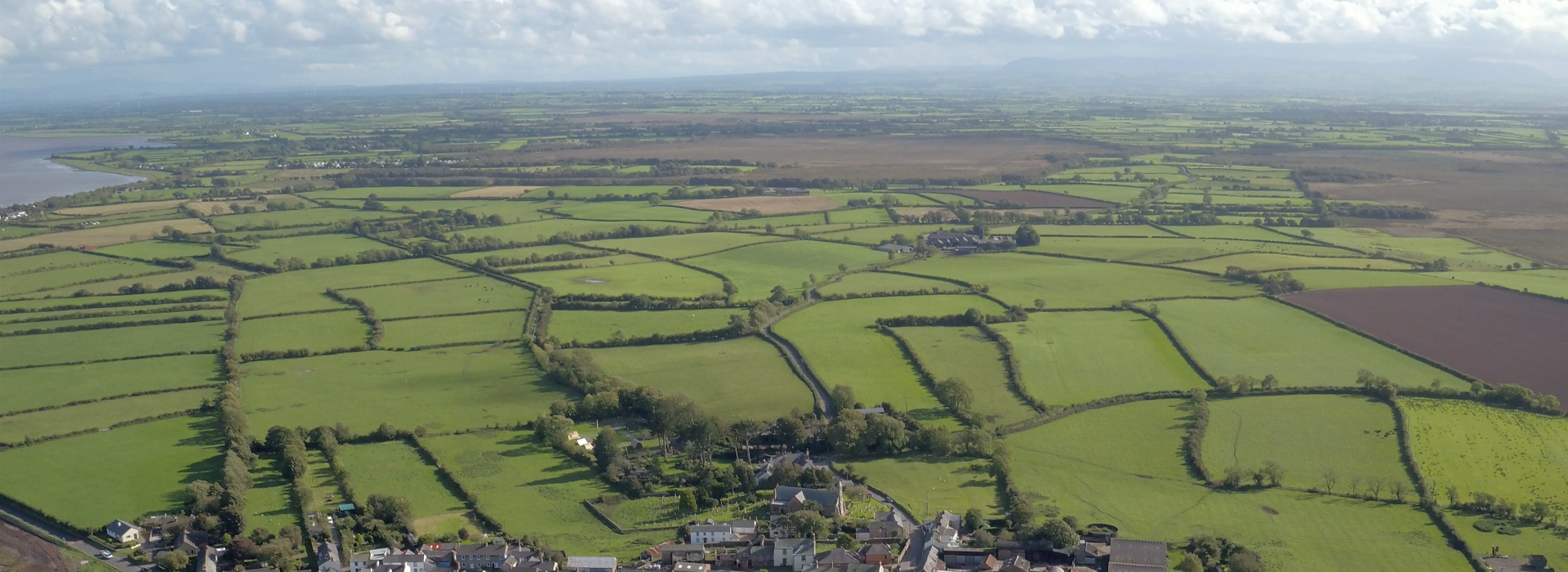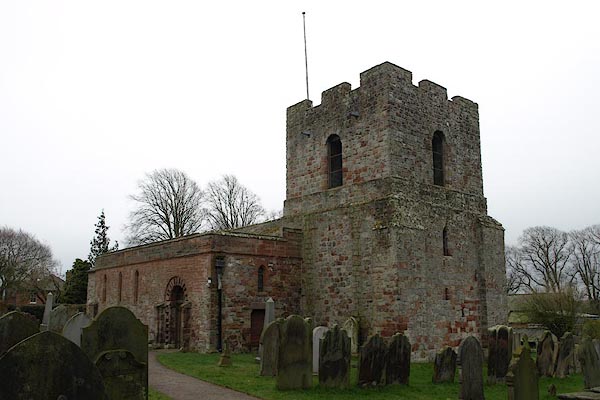Farming

The landscape of the Solway Coast National Landscape has been massively influenced by farming. It is the industry which has had the greatest impact on our landscape and farmland now covers the biggest proportion of the NL Centuries ago, the Solway Plain was a wild and inhospitable place but demand for agricultural land saw the […]
Energy

The issue of renewable energy production is one that divides opinion, though one thing is for certain – changing climates and rising sea levels are a key threat to the Solway Coast National Landscape into the future. Wind is the most common energy-creating asset around the Solway – that’s why both the sea and the […]
Vernacular and clay dabbins

These are one of the most intriguing forms of architecture in the Solway Coast National Landscape. The clay dabbins as the name suggests are earth-built buildings, in part a response to the limitations in building materials on the Solway where building timber and stone are rare. Once common on both the Scottish and English sides […]
Fortifications

Given the Solway Coast’s location on a border between two countries, it’s no surprise that this area has many historic fortified buildings. Take any route around the Solway Coast National Landscape and you will see churches and homes built to keep raiders out, not to mention the likes of Hadrian’s Wall and the remains of other […]
Farmsteads

The size and shape of the farmsteads of the Solway Coast National Landscape is wide and varied. They range from substantial farmhouses and longhouses owned by the bigger landowners, to small cottages built to house their workforce. The materials used vary greatly too – from the local red sandstone or brick to slate from Wales […]
Churches

It was the creation of Holme Cultram Abbey in 1150 which drove the religious architecture of the Solway Coast National Landscape. Most of the churches on the Solway Plain were endowed to the abbey, and either built by the Abbey, as was the case at Newton Arlosh, of rebuilt on earlier foundations. Many had Roman […]
Wartime
The remains of wartime heritage still exists around the Solway Coast National Landscape – and, for once, these sites weren’t built to defend against any fallouts with the Scots. During the First and Second World Wars, huge munitions factories and airfields were built around the border between the two countries to support the national war […]
20th Century Solway
Changes to the Solway Coast’s infrastructure are some of the defining points of the 20th century in this part of the county. Other than the Cumbrian Coast line which links Carlisle with the other gateway towns of the Solway Coast National Landscape and beyond down to Barrow in Furness, none of the railways continued to […]
Early Modern
With the dissolution of Holm Cultram Abbey in 1536 the area lost its principal economic and social focus. Despite piecemeal enclosure, some of it generated by the market in Holm Cultram‟s lands, social and agricultural development slowed. Times became more peaceful in the 17th century when farmers began to reap the profits of their own […]
Medieval Solway
The Medieval period of history saw more dramatic changes which defined the landscape we know today as the Solway Coast Natioanl Landscape. Between the Romans leaving Britain until the latter part of the 12th century, the control of the Solway was disputed between Britons, Anglians, Scandinavians, Scots and Normans. From the 5th century, the area […]
